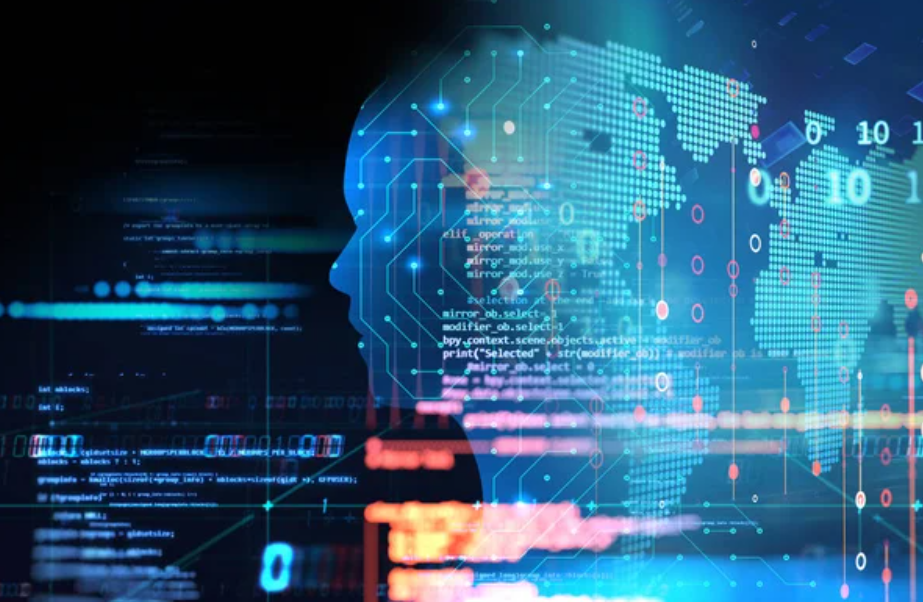The Emergence of Blockchain, Web3, and Generative AI as Digital Powerhouses
Three emerging technologies – Blockchain, Web3, and Generative AI (GenAI) – are drawing significant attention. They stand as the technological titans, each brandishing unique capabilities.
Web3 emerges as a fascinating framework, revolutionizing how we engage in online transactions. It’s less reliant on major corporations, fostering a collaborative environment akin to a close-knit community. Its primary role is to safeguard digital data integrity, ensuring that our online interactions remain unaltered and secure.
Blockchain, on the other hand, serves as an immutable ledger, akin to an unalterable journal, ensuring the safety and authenticity of critical records. Once data is entered, it becomes virtually tamper-proof, offering a reliable means of record-keeping.
GenAI, likened to an astute physician, is adept at learning and adapting to our needs. It offers tailored solutions, whether in medicine or various other fields, by constantly evolving and understanding our requirements.
Despite their prowess, these technologies face challenges, necessitating our involvement to optimize their usage, ensuring safety and equity in their application.
Together, these technologies are reshaping our internet experience, enhancing digital communication through increased security, intelligence, and engagement. It’s like stepping into a new realm of digital possibilities, rich with opportunities.
From my vantage point, these technologies have enabled organizations to elevate their operations, boosting efficiency and security. For instance, blockchain’s integration into supply chain management enhances transparency and combats counterfeit goods. AI-driven algorithms have similarly revolutionized customer experiences through personalized services.
Let’s delve into various applications, benefits, and challenges of Web3, Blockchain, and GenAI, along with potential solutions.
Certification Verification Using Blockchain
Blockchain is revolutionizing certification verification. An example is BlockCerts, developed by Learning Machine (now part of Hyland Software). As reported by TechCrunch, institutions like MIT can use blockchain to cryptographically sign and verify credentials, bolstering their authenticity.
This technology envelops educational credentials in a secure layer, ensuring their integrity and universal acceptance. It offers a rapid and independent verification process, eliminating the need for third-party involvement.
However, maintaining privacy with blockchain can be challenging. Despite its transparency, it may inadvertently expose sensitive details. Employing encryption and specialized proofs can counteract this, enabling credential verification while safeguarding personal information.
The Web3 Revolution
Web3 is transforming industries with its decentralized, secure, and user-focused solutions. For example, companies like Hyland Credentials use Web3 for educational credential management, mitigating fraud and simplifying verification processes.
Yet, Web3 faces hurdles like user experience and scalability. Simplifying user interfaces and adopting layer-two solutions like state channels can address these issues, improving accessibility and network performance.
GenAI’s Role in Customer Service
Zendesk’s AI-powered chatbots exemplify GenAI’s impact in customer service. These bots offer real-time assistance and automated responses, enhancing customer satisfaction and efficiency.
The chatbots’ strengths lie in their advanced natural language processing capabilities. However, they require continuous updates to maintain accuracy, especially for complex queries. Implementing ongoing AI model training and human support integration can effectively address these challenges.
Conclusion
Blockchain, Web3, and GenAI are indeed reshaping our digital landscape. From securing certificates to enhancing internet safety and intelligence, their integration presents a new dawn of digital possibilities. While they hold tremendous potential, staying abreast of their developments and finding practical applications relevant to our interests or business objectives is crucial for leveraging their benefits.





